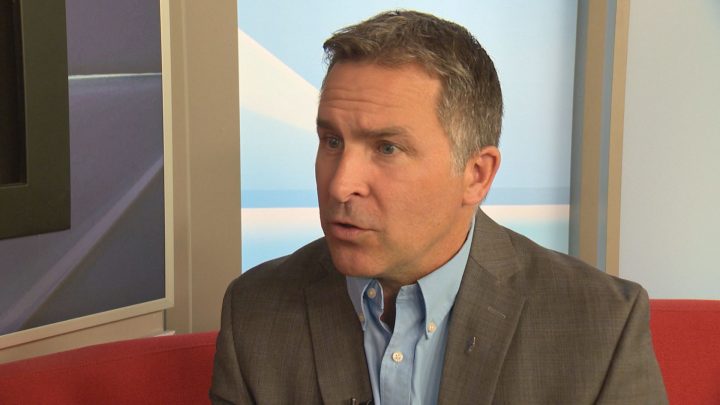The head of the Saskatchewan Teachers’ Federation (STF) Patrick Maze said there will be a new item at the top of their list of bargaining priorities when they begin to negotiate a new contract with the province.

The current teacher contract is set to expire at the end of August, and the two sides are set to begin bargaining on Wednesday, May 22.
Maze said pay is usually their top priority, but in this round of bargaining, he said class size and composition tops their list.
“Government seems to have been focused in the legislature recently on class size, but it’s more on composition as well. The two have to go hand in hand,” Maze said.
The STF, like the provincial opposition, have recently taken issue with the ministry’s calculation for average class size, 19 students. That figure is determined by dividing the number of students by teaching professionals in schools.
In rural schools, the average is 18 students and 21 in Saskatoon and Regina.

Get breaking National news
Maze said it is important to consider composition and size together as it could be easier to teach a class with 32 kids that have homogenous needs compared to a class of 14 students with high-intensity needs.
“We want to make sure that government is attending to this because otherwise it all falls on the teacher and teachers are getting burnt out right now with trying to meet all the needs in the classroom,” Maze said.
Maze took to social media last week, polling teachers on their thoughts about the 19 student average. He received hundreds of responses, with most saying they have 25 to 30 pupils.
The STF is asking for a cost of living increase. Maze said that’s an eight per cent increase over the next three years; two per cent, three per cent, then three per cent.
Education Minister Gordon Wyant said he is disappointed to hear the STF discussing their bargaining chips publicly before talks begin.
“As minister, I do not want the Government-Trustee Bargaining Committee to enter a new round of bargaining in bad faith by disclosing details of the upcoming negotiations with the media before it has been discussed at the table with the STF,” he said in a statement.
“I am disappointed to hear that the bargaining position of the STF has been made public before the first meeting has even occurred.”
The previous round of bargaining between the STF and province had to be settled through arbitration last year, resulting in a one per cent raise for teachers.
WATCH BELOW: Government seeks input on future of education in Saskatchewan (April 2019)







Comments